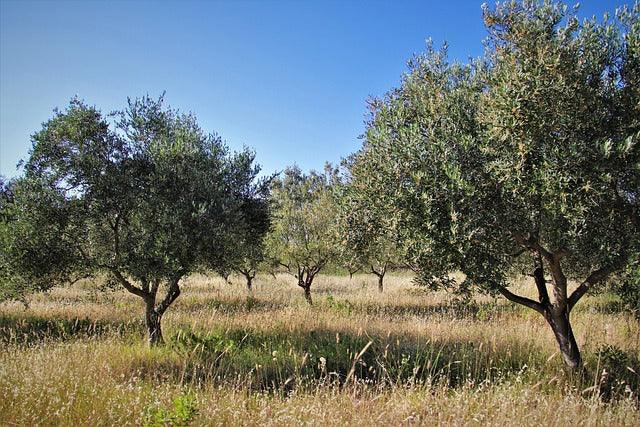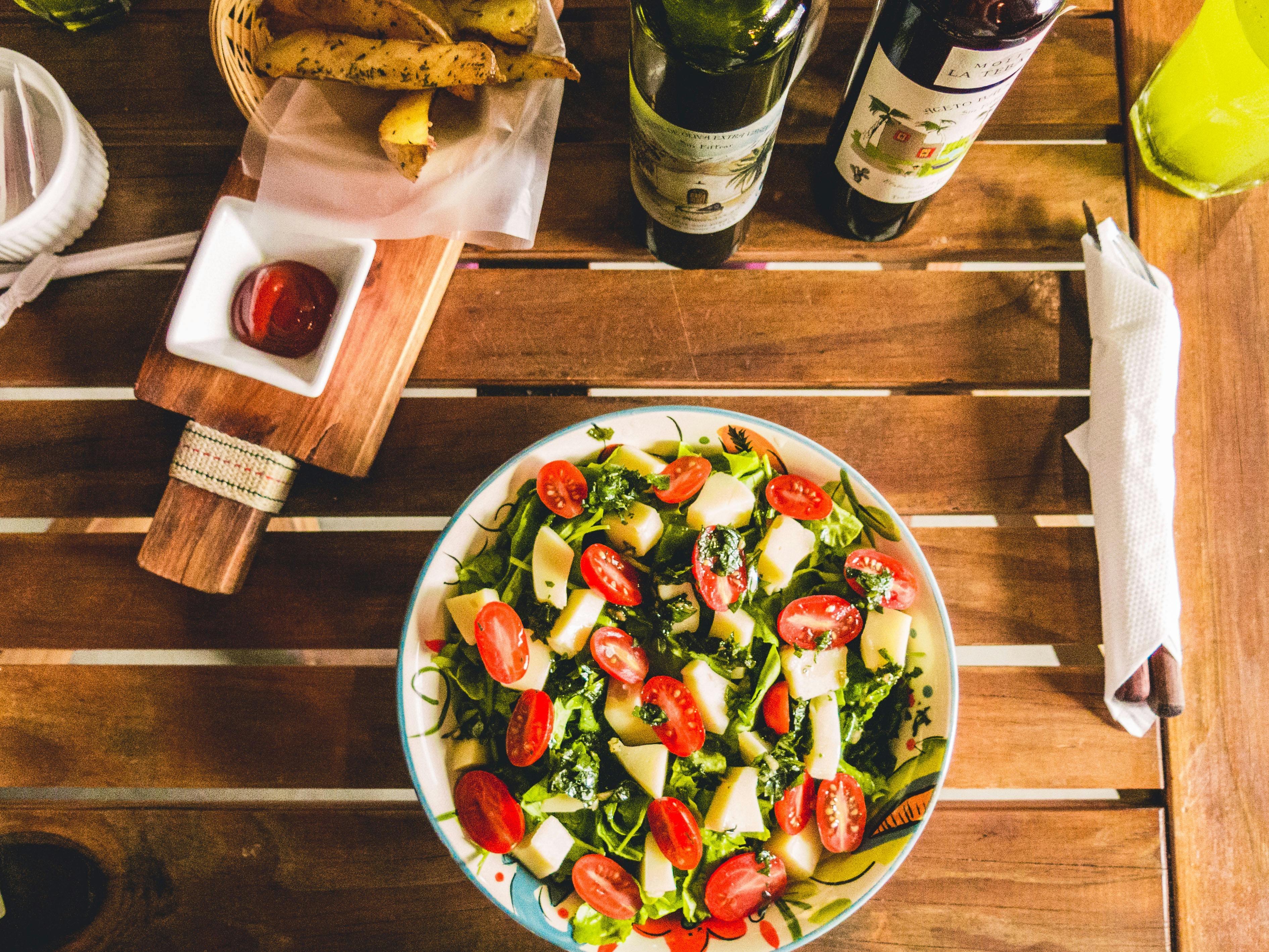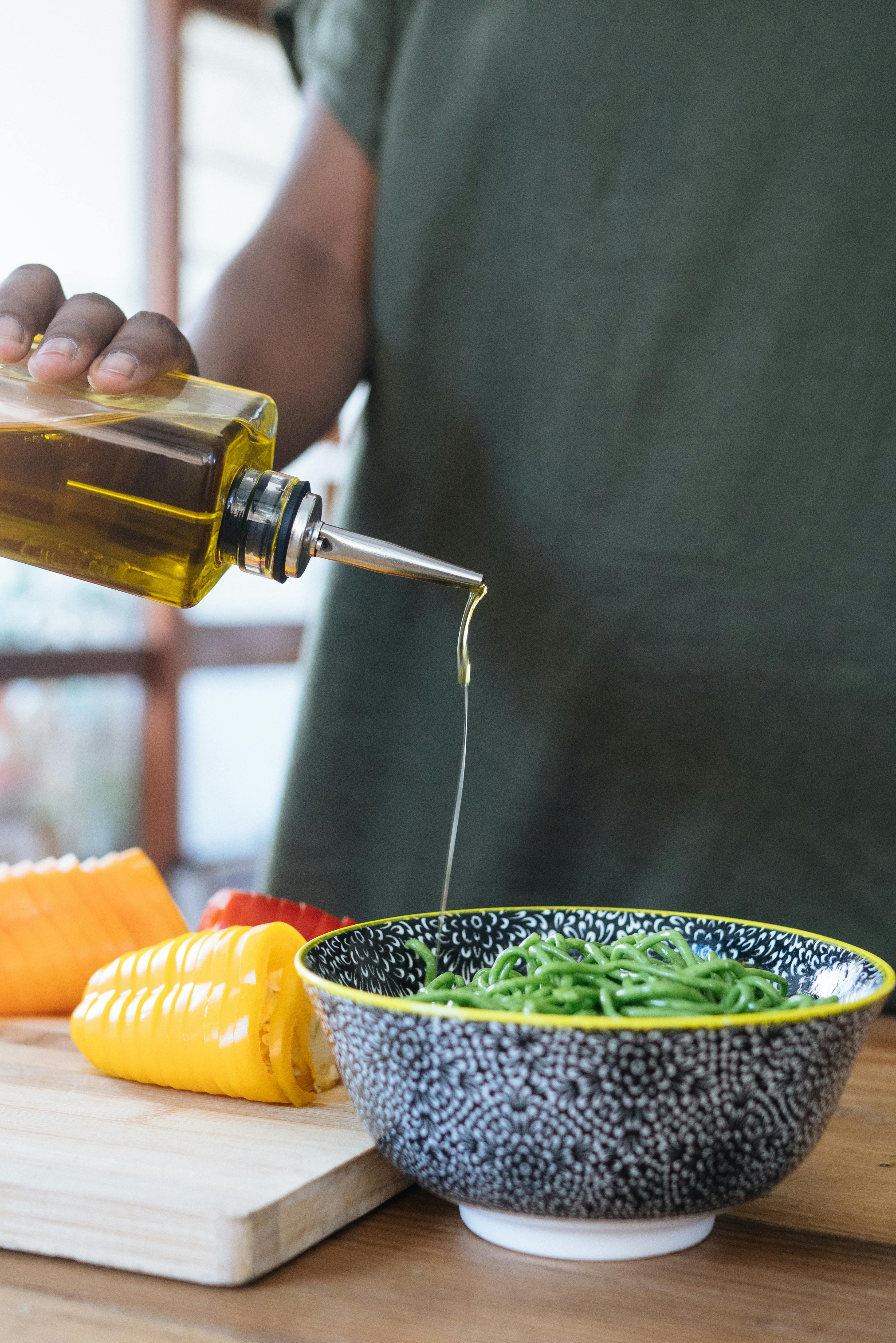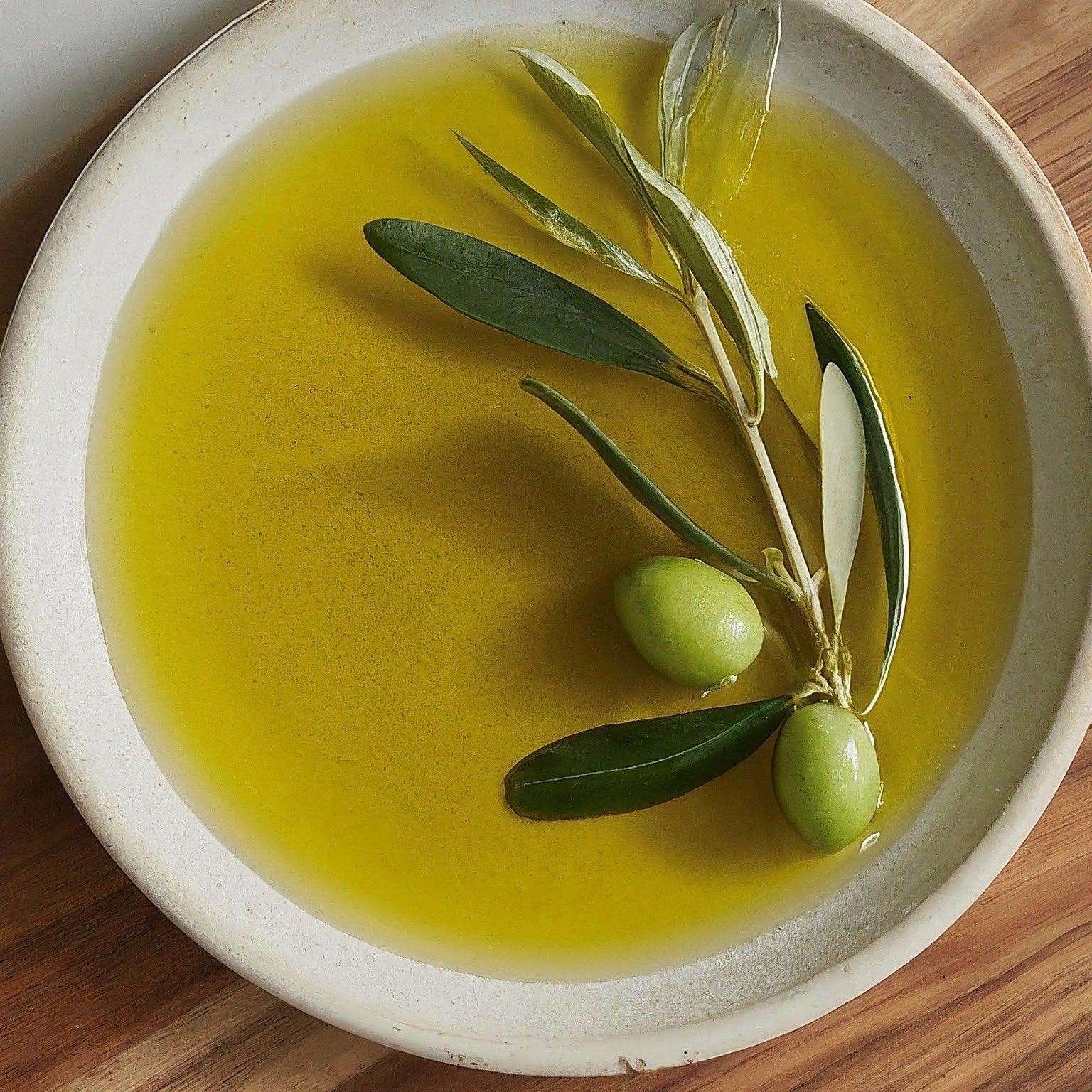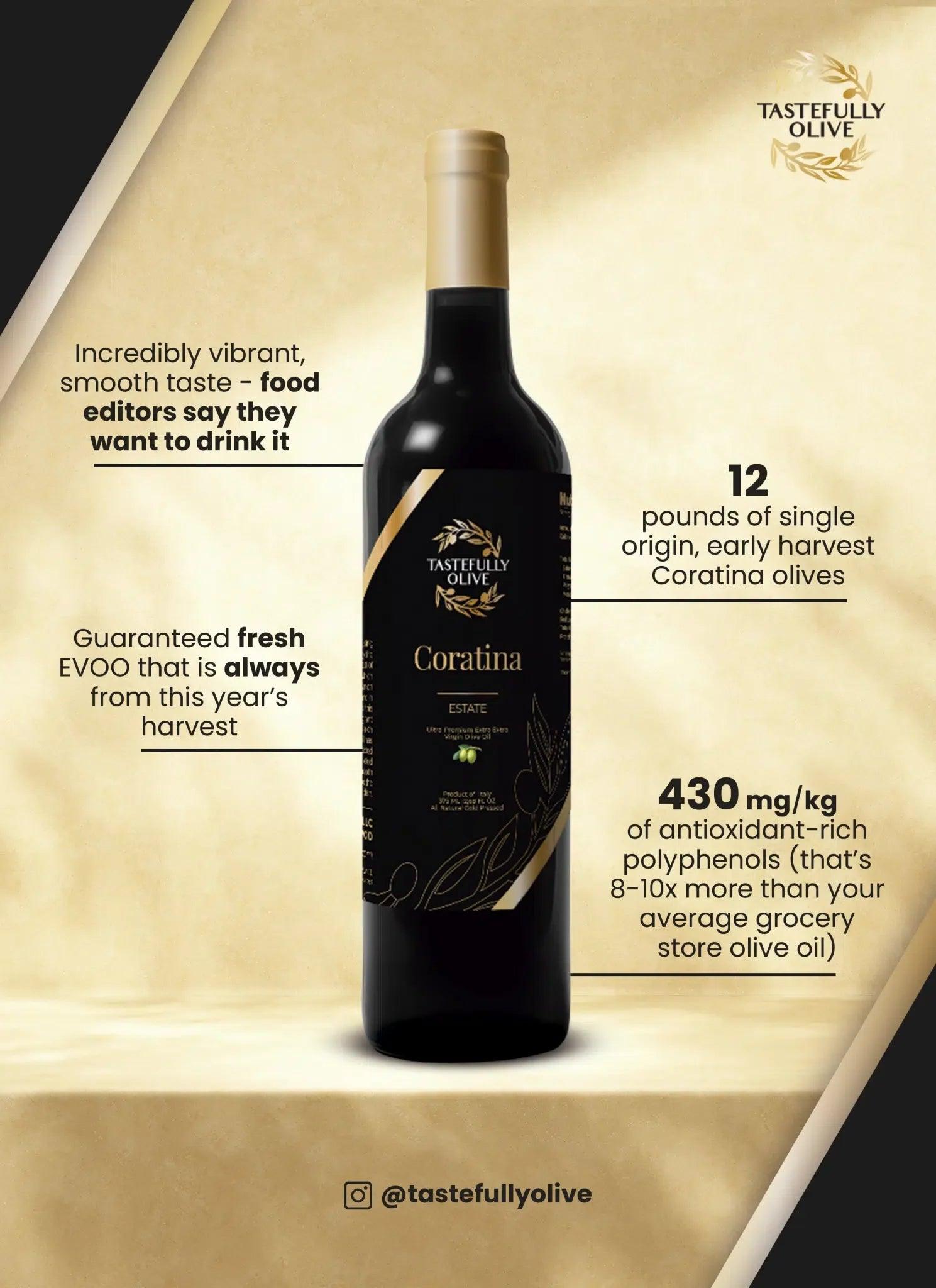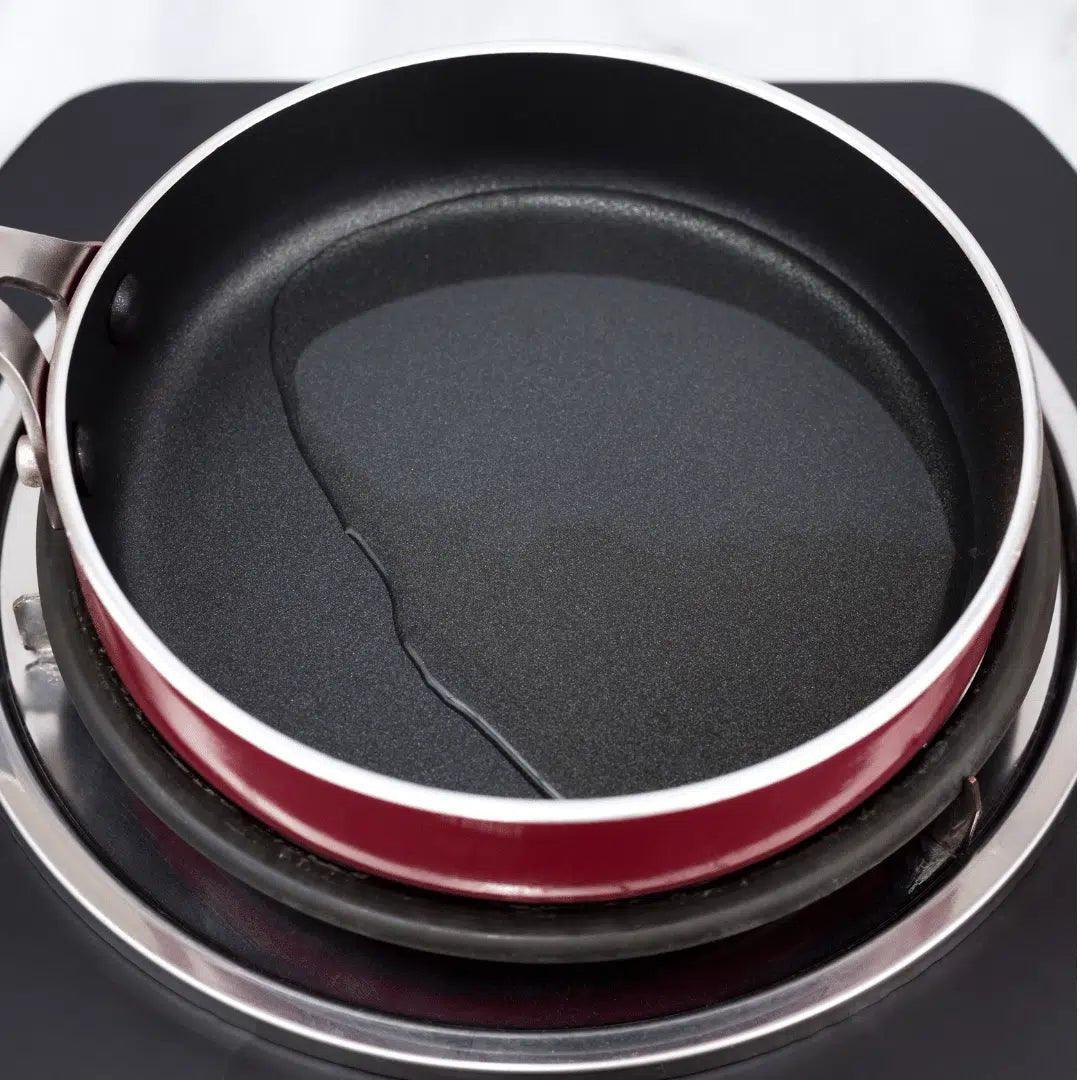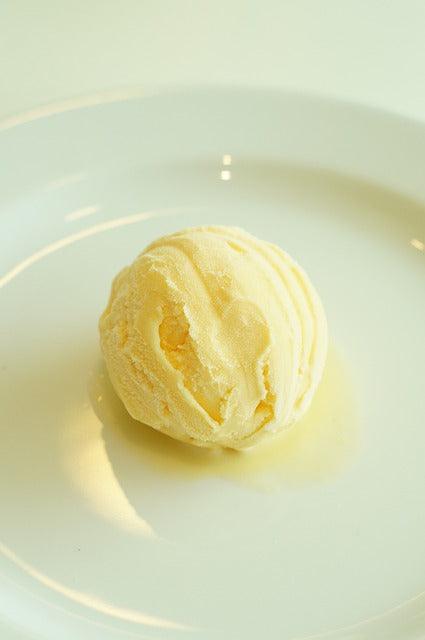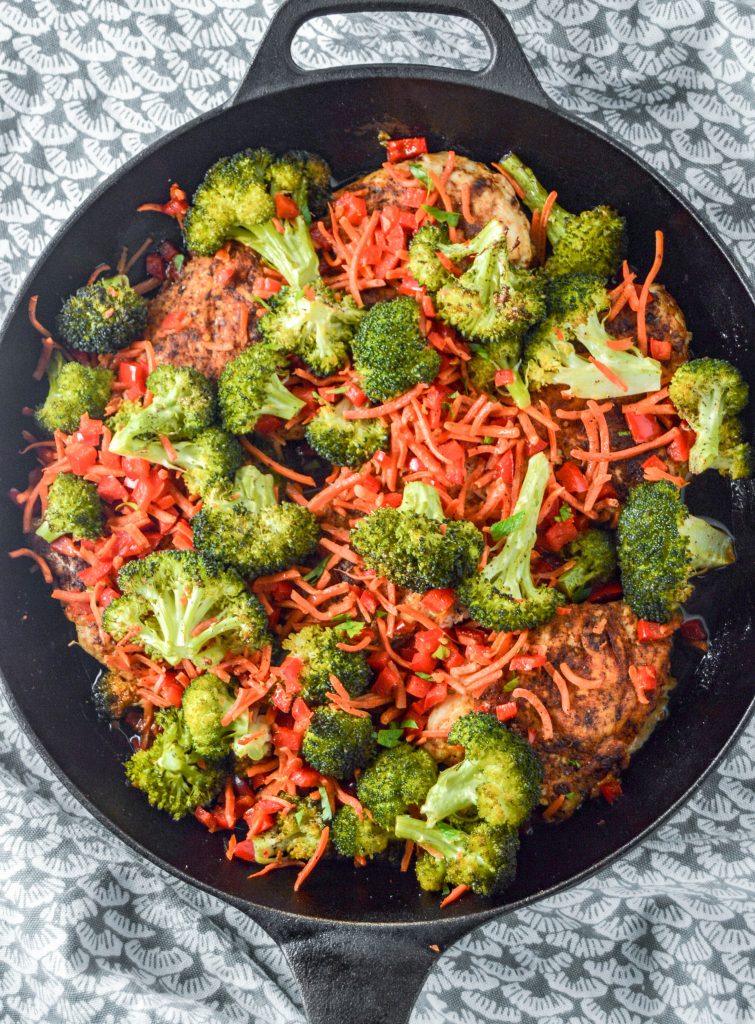The tastefulness of an olive, particularly in the context of culinary appreciation, hinges on several key factors that influence its flavor, texture, and overall quality. Here’s a breakdown of what makes an olive tasteful:
1. How Green or Ripeness the Olives:
The stage of ripeness when harvested significantly impacts the taste of olives. Fully ripe olives tend to have a sweeter, milder flavor, whereas less ripe olives may be more bitter or pungent.
2. Which Olive Variety is used:
There are numerous olive varieties, each with its own distinct flavor profile. Some are known for their buttery texture, while others may have a more robust or peppery taste. Popular varieties include Kalamata, Arbequina, and Manzanilla, each offering unique nuances.
3. Growing Conditions:
Factors such as soil composition, climate, and altitude where olives are grown play a crucial role in their flavor development. Mediterranean climates, with their sunny days and cool nights, are ideal for producing olives with balanced acidity and rich flavors.
4. Which Harvesting Methods is used:
The method of harvesting olives, whether by hand or by mechanical means, can affect their quality. Hand-picked olives are often gentler on the fruit, preserving their integrity and flavor.
5. How the Olives are Processed:
The method used to process olives into various products like olive oil or table olives influences their taste. For instance, brining olives versus curing them in oil or drying them can impart different flavors and textures.
6. Importance on the Curing or Fermentation stage:
Olives undergo curing or fermentation processes to reduce their bitterness and develop their flavors. This step is crucial in producing table olives with desirable taste profiles.
7. Post-Production: Storage Condition:
Proper storage conditions post-harvest, whether for olives themselves or for olive oil, can impact their flavor over time. For instance, olives stored in brine or olive oil can absorb additional flavors and aromas, enhancing their tastefulness.
8. Dietary Usages:
Finally, how olives are used in cooking or as standalone snacks affects their perceived tastefulness. Whether eaten as part of a dish, in salads, or paired with cheeses and wines, olives contribute their unique flavors and textures to the overall culinary experience.
Conclusion:
In essence, a tasteful olive embodies a harmonious balance of ripeness, variety-specific characteristics, careful processing techniques, and ideal growing conditions. Whether enjoyed as a snack, an ingredient in dishes, or pressed into oil, olives that meet these criteria provide a delightful gastronomic experience cherished by food enthusiasts worldwide.
To learn more about the rich history and benefits of olive oil, check out these additional resources:
- Health Benefits of Olive Oil
- The Mediterranean Diet Guide
External Links:
- Harvard T.H. Chan School of Public Health: The Nutrition Source
- Healthline: 11 Proven Benefits of Olive Oil
These links provide valuable information and insights that can enhance your understanding and appreciation of olive oil's historical and contemporary significance.


